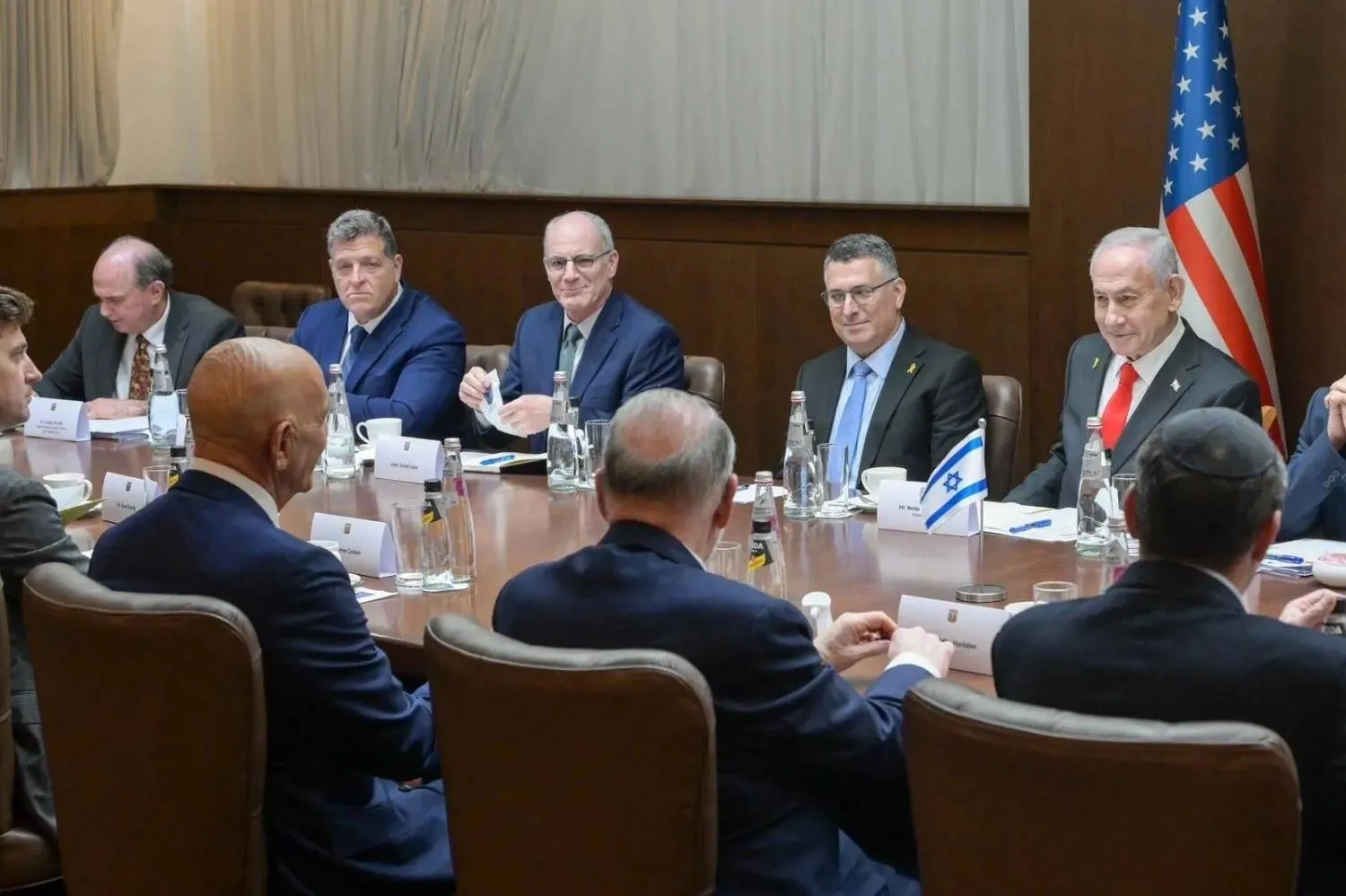The Houthi militia has recently released several individuals it had abducted for celebrating Yemen’s September Revolution. However, over the past few days, it has detained hundreds of residents in its stronghold of Saada, accusing them of espionage.
The campaign coincides with the airing of alleged confessions from a purported spy cell and the abduction of a former employee of the US Embassy in Yemen.
Local sources in Saada province, approximately 242 kilometers north of Sanaa, report that the Houthis have launched a widespread campaign of arrests targeting civilians. These individuals have been taken from their homes, workplaces, and businesses under allegations of collaborating with Western nations and Israel. Families of those detained have been warned to remain silent and refrain from discussing the arrests with the media or on social media platforms.
According to the sources, more than 300 individuals, including dozens of women, have been abducted across various districts in Saada. The arrests have also targeted relatives and associates of Othman Mujalli, a member of Yemen’s Presidential Leadership Council, who hails from the region.
The sources suggest that the Houthis are detaining women as hostages to pressure their relatives, who may either be out of the militia’s reach or living outside Houthi-controlled areas. They also appear to be using the women to coerce confessions from male relatives. Last month, the Houthis accused Hamid Mujalli, Othman Mujalli’s brother, of engaging in espionage for Arab and Western nations for nearly two decades.
In a separate incident, the Houthis abducted a former employee of the US Embassy in Sanaa from his home on Monday without providing any explanation for their actions.
Release of Detainees
The Houthis recently released Sheikh Amin Rajeh, a tribal leader from Ibb province, after detaining him for four months. Several other individuals were also freed, none of whom had been formally charged during their detention. Rajeh, a member of the General People’s Congress Party, was one of many political activists, students, workers, and public employees abducted in September for celebrating Yemen’s September 26, 1962, revolution.
One of the released individuals, a shop owner, told Asharq Al-Awsat that he was unaware of the reason for his detention. He had been abducted in November, two months after the Houthis initiated a crackdown on those commemorating the revolution.
Alleged Spy Cell
Houthi-controlled media recently broadcast confessions from what they claimed was a newly uncovered spy cell. The group linked the cell to its broader narrative of “promised conquest and sacred jihad” against the West and Israel.
According to Houthi security officials, the alleged spy cell was working to compile a “target database,” monitor sites linked to missile forces and drones, and track specific military and security locations. They also claimed the cell had been observing the residences and movements of Houthi leaders.
In response, the Houthis issued warnings to residents, forbidding them from discussing or sharing information about militia-controlled sites, facilities, or the whereabouts of their leaders.
The Houthis’ actions reflect mounting concerns over potential strikes targeting their senior leadership, similar to the recent attacks on Hezbollah figures in Lebanon. Those fears come amid ongoing tensions with Israel, the United States, and the United Kingdom, following the Houthis’ assaults on international shipping lanes in the Red Sea and missile attacks on Israel.









